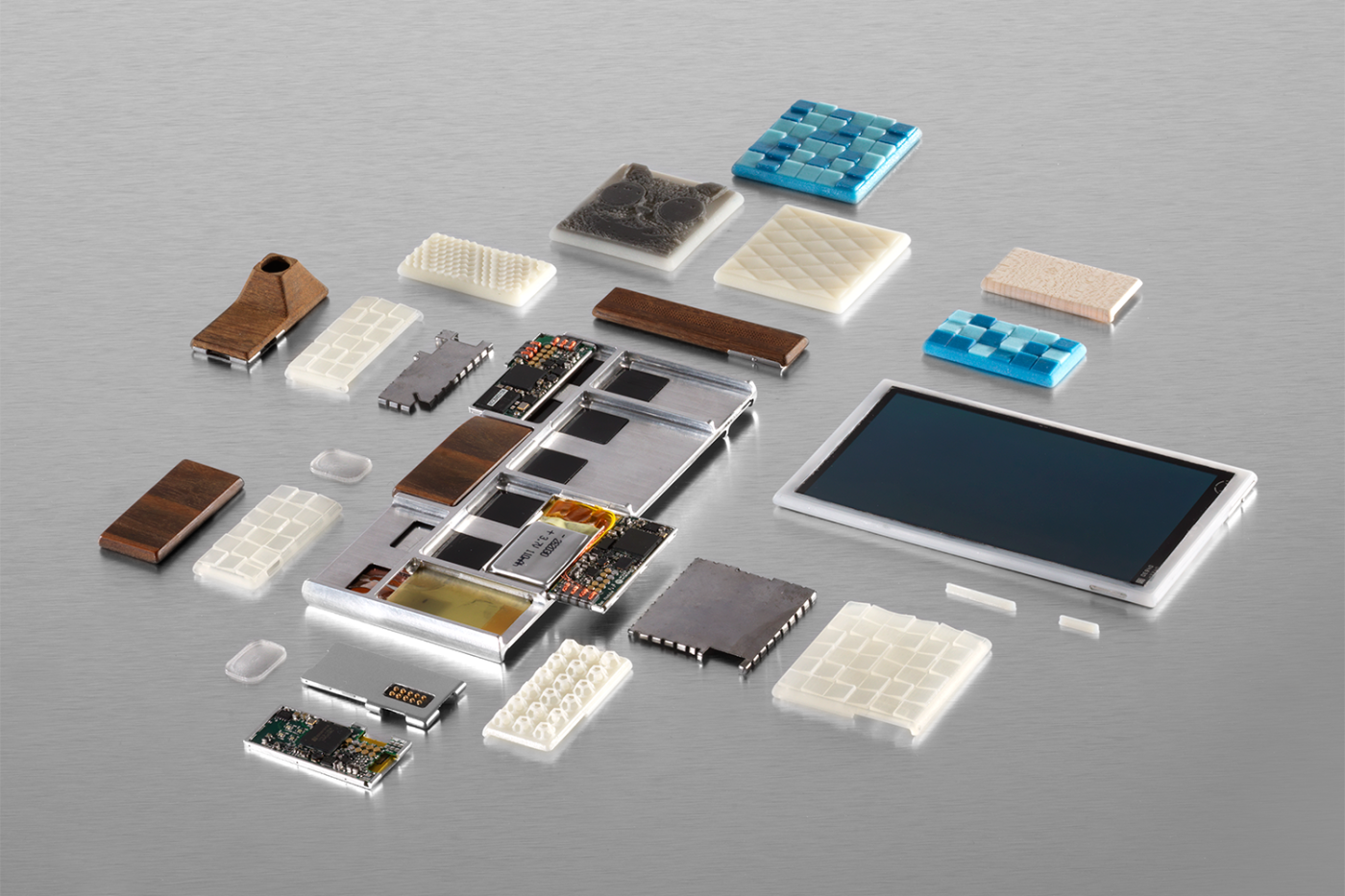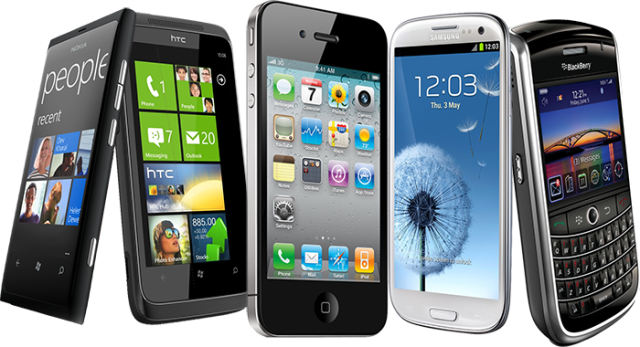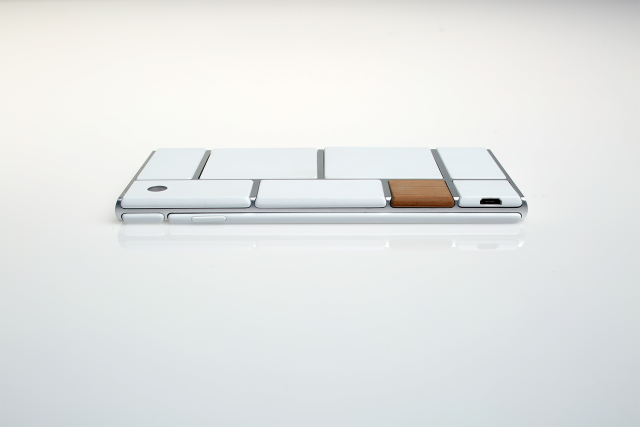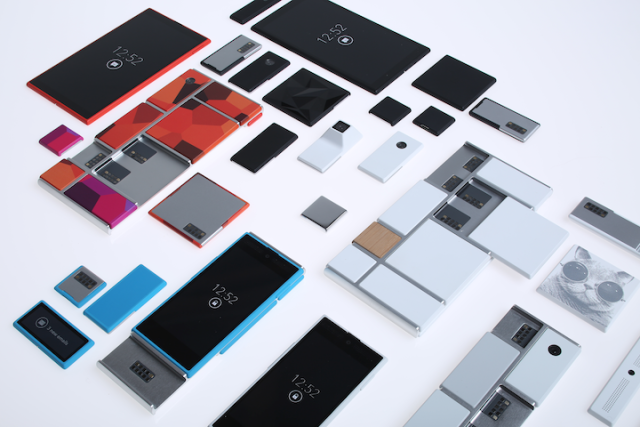With Android, Google managed to build an open standard for mobile operating systems, daring anyone and everyone to build upon and adapt it. Now, with an ambitious project dubbed "Project Ara," it hopes to do the same for mobile hardware.
Specifically, Google wants to create the world's first completely customizable smartphone. You'll be able to choose what 'modules' are most important to you, and — if necessary — pop them out and replace them.
If having a high-end smartphone camera is important to you, you'll probably want to have a nice camera module. But let's say you're running low on battery life and need to make sure your phone lasts the rest of the night. If you don't plan on taking any more photos, you can swap your camera module out for a larger battery. I'd hate to compare it to LEGO, but I wouldn't be the first.
With Project Ara, you'll be able to truly make your device your own and customize it to meet your needs on the fly.
Why Modular?
If you buy a smartphone today, chances are you'll get something that was designed for mass market appeal. The iPhone and most Android phones, while extremely capable, are not tailored specifically to you. That's okay in many respects, but certain features may be an awkward fit for your personal lifestyle. Personally, I wonder why the hell the iPhone keeps getting thinner with only marginal battery life improvements — I don't mind carrying a slightly thicker phone if the battery lasts me all day.
Battery life is important to me. For you, maybe it's something else. Whatever matters to you, you can have it with a modular smartphone.
It makes sense from an economic standpoint as well: splurge on what's important to you; forget about what isn't. Don't buy a new phone every year; just upgrade the components of your existing phone as needed. A basic version of the Project Ara phone — targeting folks in developing nations with very tight budgets — has a target price of $50 and will only come with WiFi, not a cellular connection. Then, as its owner's needs and budget evolve, it could be upgraded with additional modules.
How It Works
Ara smartphones will consist of various modules held together by metal endoskeletal frames called "endos." The frame links all of the modules together, with a slot for the display on the front and slots for other modules on the front and back. The endos themselves will only cost about $15.
The frames will be available in three sizes: "mini," about the size of a Nokia 3310; "medium," about the size of a Nexus 5; and "large," about the size of a Galaxy Note 3. Modules will be interchangeable with all three sizes.
Speaking of modules, what will they do exactly? Well, just about everything. They can provide common smartphone features like cameras and speakers, but other modules will offer more specialized functions, including medical devices, receipt printers, laser pointers, projectors, game controller buttons, and more.
Modules will be secured to the frame with electropermanent magnets. Each slot on the frame will be compatible with any module of the same size — so the example I mentioned earlier of swapping your camera out for a battery is actually feasible, so long as the two modules are the same size. Modules can be hot-swapped without turning the phone off. This includes the main battery, thanks to a small backup battery included in the frame.
Modules will be sold both at an official Google store and at third-party stores. By default, Ara smartphones will only accept official smartphones, but — much like installing an unofficial app on Android — you can change a software setting to enable unofficial modules.
History of Ara
In August 2011, Google announced that it had acquired Motorola. Less than three years later, in January 2014, the company announced that it had agreed to sell Motorola to Lenovo. However, Google decided to hold onto a single choice piece of Motorola: the Advanced Technology and Projects (ATAP) group.
Led by Regina Dugan, former director of the Defense Advanced Research Projects Agency (DARPA), ATAP worked on "moonshots" similar to those found at Google X.
One such project is Project Ara.
"The question was basically, could we do for hardware what Android and other platforms have done for software?" said Paul Eremenko, DARPA alumnus and leader of Project Ara. "Which means lower the barrier to entry to such a degree that you could have tens of thousands or hundreds of thousands of developers as opposed to just five or six big [manufacturers] that could participate in the hardware space."
Project Ara officially began on April 1, 2013, with ideas and discussions dating back to the fall of 2012. It all came together quickly, owing its success thus far to Dugan, Eremenko, and other former DARPA workers, as well as its self-imposed time constraints. "Generally, time is not your friend," said Eremenko. "Innovation under time pressure is generally higher-quality innovation."
The Ara team currently works in a tiny office seven miles from Google's Mountain View headquarters.
Launching in Puerto Rico
At a Project Ara Developer Conference on Google's campus last month, Eremenko discussed Google's plans for bringing Ara devices to market. Instead of going all-in and making the device available to everyone right away, the company plans to run a pilot in Puerto Rico. Google says it chose Puerto Rico for its strong mobile penetration — 75 percent of the population's Internet access is through phones.
Google is currently working with two carriers: Open Mobile and Claro, which is a subsidiary of América Móvil, the largest mobile carrier in Latin America.
The company plans to sell the smartphone modules in Puerto Rico via a roving van. "We want to create a flexible retail experience," said Eremenko. "We're designing a food truck as a retail vehicle for the market pilot."
Project Ara has amassed 50 module developers to date, including chipmakers Marvell, Nvidia, and Rockchip.
Conclusion
Project Ara is an exciting and potentially revolutionary move in the smartphone space. The ability to customize every aspect of what your device is capable of, while it may feel foreign at first, could change the way we think about mobile computing.
I can't say whether modular smartphones are the future, but what I can say is that Project Ara is something to keep your eye on over the next year or so.
What do you think? Would you buy a modular smartphone? What kinds of modules would you want to see?
Image Credit: Google




